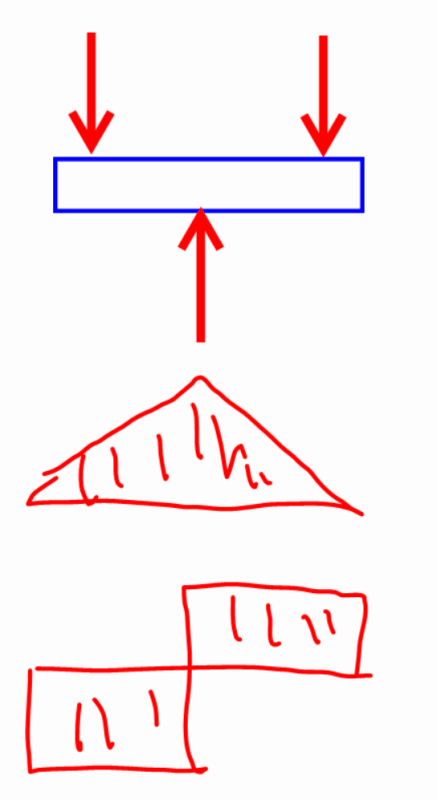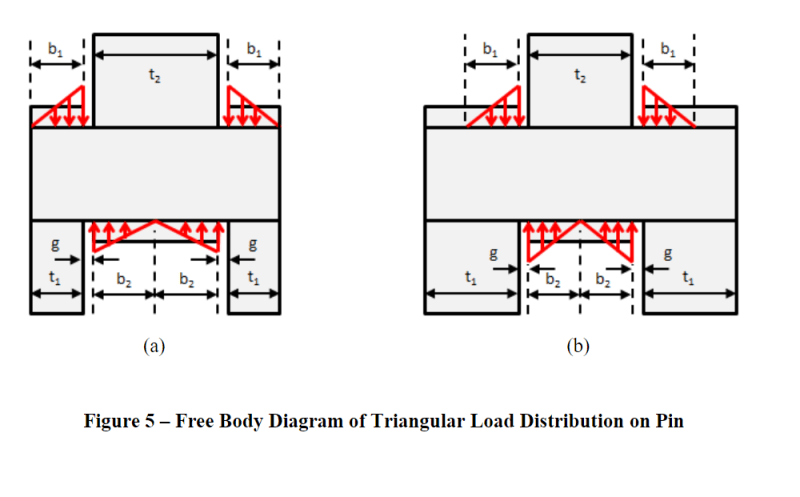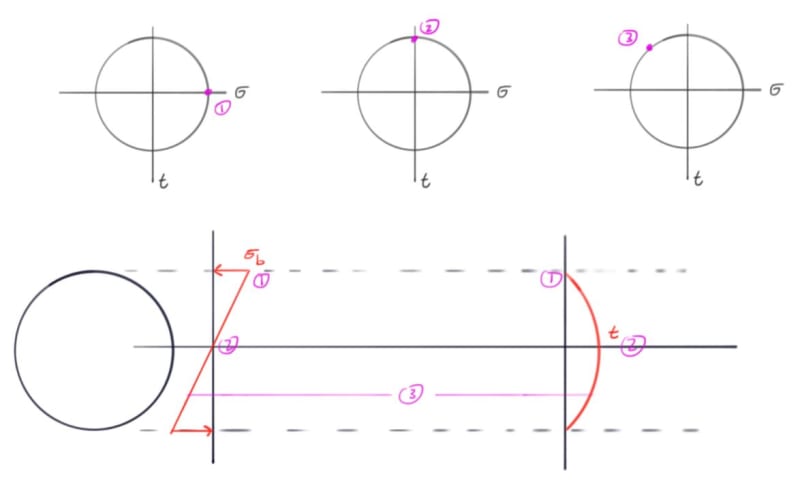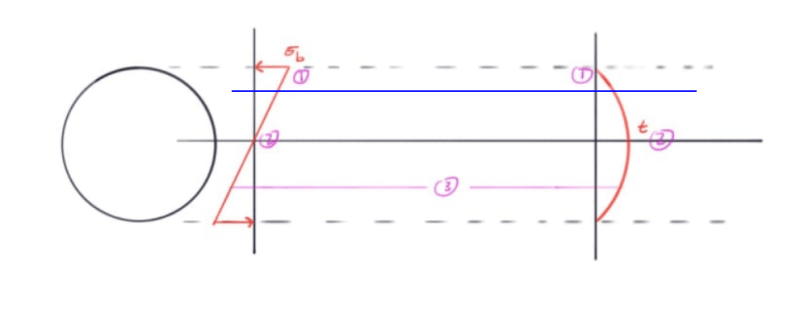enghelp2806
Aerospace
Hi,
I'm trying to calculate the bending moment/stress in a bolt in double shear with a gap between the plates. I know there are much more realistic ways to do this, like assuming that the clevis (two outer plates) create bearing/contact stresses, the use of semiempirical formulas, or methods like the lifting lug (aircraft) method. I've been working in this aerospace industry for 5 years now, so these methods would be my preferred choice, but really I'm trying to simplify this as much as possible as this is for an undergraduate level course that I'm taking as graduate credit. The professor has asked us to think about this problem in the simplest terms so here goes.
The shear stresses due to bending in this joint can be approximated as tau = VQ/Ib, but the professor has asked us to think about the bending stress. Would it make sense to assume this joint resembles a simply supported beam, with pin/roller supports at the two outer plates? If so, then the bending stress would simplify be sigma = Mc/I and be located at the center of the bolt.
Otherwise, I could assume the joint as a redundant beam fixed at both ends, where Mc/I still applies, but there would be moment reacted at the center and ends.
Thanks
I'm trying to calculate the bending moment/stress in a bolt in double shear with a gap between the plates. I know there are much more realistic ways to do this, like assuming that the clevis (two outer plates) create bearing/contact stresses, the use of semiempirical formulas, or methods like the lifting lug (aircraft) method. I've been working in this aerospace industry for 5 years now, so these methods would be my preferred choice, but really I'm trying to simplify this as much as possible as this is for an undergraduate level course that I'm taking as graduate credit. The professor has asked us to think about this problem in the simplest terms so here goes.
The shear stresses due to bending in this joint can be approximated as tau = VQ/Ib, but the professor has asked us to think about the bending stress. Would it make sense to assume this joint resembles a simply supported beam, with pin/roller supports at the two outer plates? If so, then the bending stress would simplify be sigma = Mc/I and be located at the center of the bolt.
Otherwise, I could assume the joint as a redundant beam fixed at both ends, where Mc/I still applies, but there would be moment reacted at the center and ends.
Thanks




